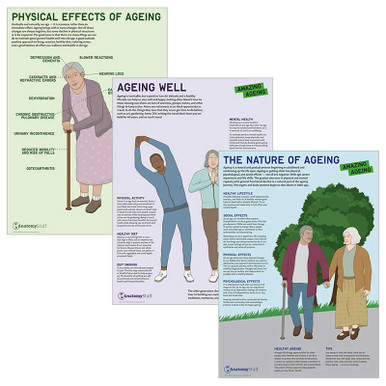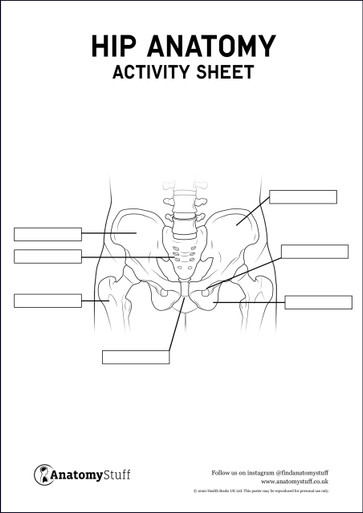Falls prevention in the Elderly
Falls, unfortunately, are all too common in the elderly population. Falls place people at risk of serious injury, but the good news is you can try to minimise your patient’s risk of falling with simple tips.
Falls may occur due to:
• Cognitive impairment
• Continence problems
• History of falls
• Unsuitable footwear or no footwear
• Health problems
• Medication, especially those that impair balance or alertness
• Mobility and balance problems
• Visual impairment
For the individual:
If you are at home, make an appointment to see your GP and discuss your concerns around any medication issues, vision impairment or previous falls. If you are in a healthcare setting, then a risk assessment should be carried out if you are deemed at risk for falls.
Risk Assessment
A patient-focused falls risk assessment should be performed by a healthcare professional competent in assessing each of the following:
• Identification of falls history
• Evaluation of gait, balance and mobility, and muscle weakness
• Assessment of osteoporosis risk
• Review of the person’s perceived functional ability and fear relating to falling
• Assessment of visual impairment
• Assessment of cognitive impairment and neurological examination
• Assessment of urinary incontinence
• Assessment of home hazards
• Cardiovascular examination and medication review
Interventions in the healthcare setting:
To reduce the risk of falls, patients should be actively encouraged to participate in any fall prevention planning.
All individuals who present with recurrent falls or are at increased risk of falling following an assessment, should be considered for individualised interventions that aim to promote independence and improve physical and psychological functioning.
These should include:
Home hazard assessment and intervention for discharge planning:
This should be performed by an appropriately trained healthcare professional to identify whether there is a need for safety intervention modifications; this may also consequently reduce a person’s fear of falling by ensuring they are adequately prepared.
People can also be encouraged to maintain their safety at home themselves if possible by:
• Immediately mopping up any spillages
• Removing clutter, trailing wires and frayed carpets
• Using non-slip mats and rugs
• Ensure all rooms, corridors, and staircases are well lit
• Organising the home so that climbing, stretching and bending are kept to a minimum
• Asking for help when they are unable to do a task safely alone
• Not walking in socks or tights
• Not wearing loose-fitting, trailing clothes that may cause a trip
• Wearing well-fitting shoes
• Taking care of their feet, trimming toenails regularly and seeing a GP or chiropodist for any foot problems
• Fitting personal/emergency alarms
• Avoiding consumption of alcohol.
Medication Review
Persons on four or more psychotropic medications should be referred to their GP for a review if the side effects are thought to be contributing to their risk of falling; alternative options, such as; lower dosing, stopping the medication or alternative medications may be considered.
In the care setting, any consideration of bed rails as a method to reduce falls from the bed should be reviewed.
Free PDF Downloads
View AllWhat can the person do themselves to reduce their risk of falling?
• Visit your GP if concerned about medications, previous falls, or any underlying health concerns.
• Keep as active as possible — exercise can significantly reduce the risk of falls by improving strength, balance, coordination and flexibility.
• Be sensible— wear well-fitting non-slip footwear.
• Be careful if walking outdoors in icy weather.
• Stand up slowly to avoid dizzy spells.
• Limit alcohol intake.
• Keep your bones strong —good calcium and vitamin D intake are essential for healthy bones. Maintaining a healthy weight, exercising if you can, and being aware of your surroundings if out and about can all help reduce the risk of falls.
• Ensure you’re getting enough sleep, as tiredness will lower your alertness and place you at risk of falling.
• Any obvious home hazards should be removed. These include anything you might fall over, making sure rooms are well lit, never leaving floors wet with a spillage, and securing cables off the floor.
• If needed, use assistive devices such as handrails to assist you in raising up from sitting positions, grab bars for the shower/bath, and raised toilet seats. Talk to your occupational therapist or GP nurse to assess your home for these items.
Conclusion
The most important thing is to feel safe and secure in your own home. Small changes can make huge differences to your safety. Falls may happen for no apparent reason, even in the best laid out homes, but you will feel more comfortable at home if you try to reduce the risk.
For healthcare professionals, it is important to assess, plan, and implement all safety measures to reduce the risk of falls in the elderly, while also reviewing the plan regularly or as patients’ needs change.
Related products
View All












